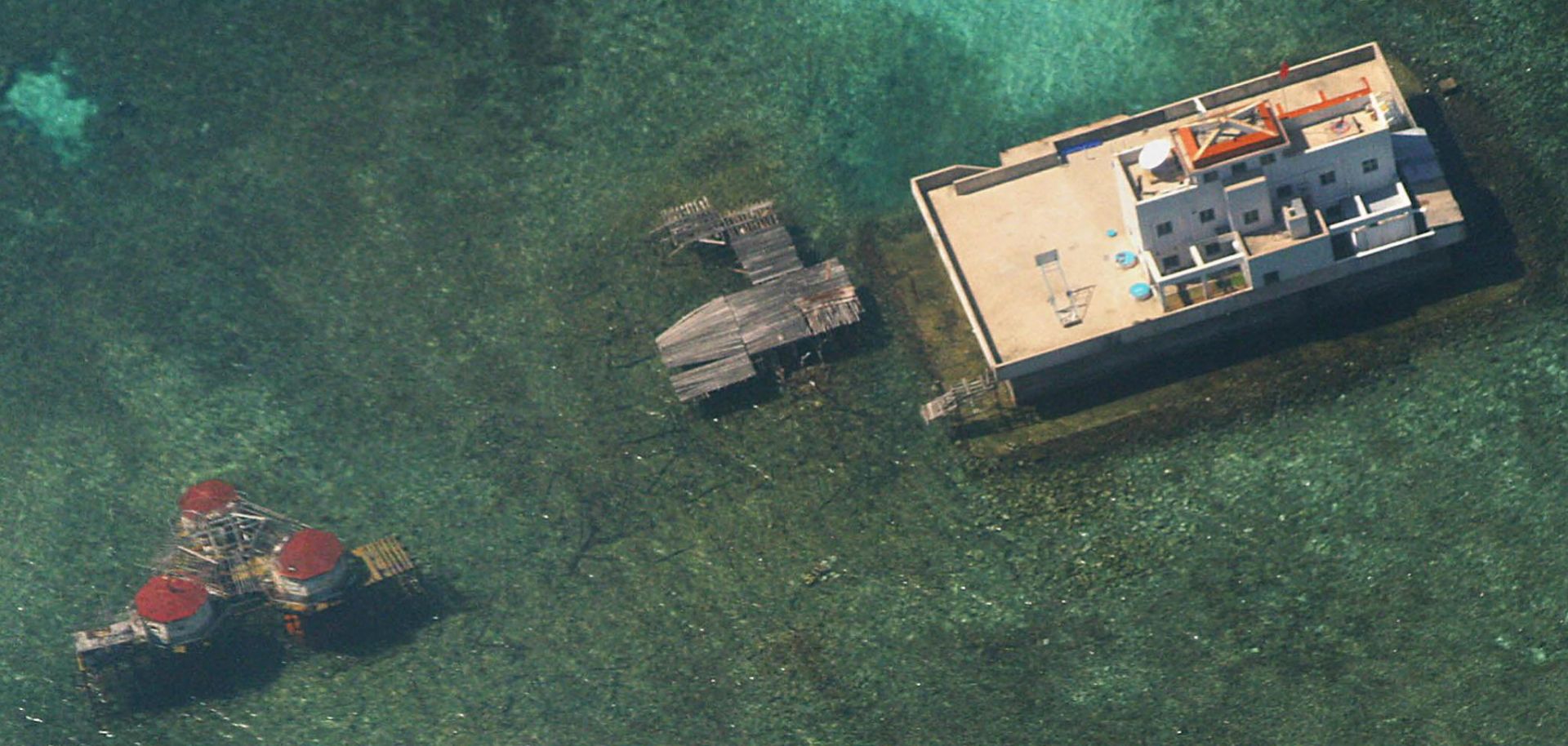On July 12, 2016, an international tribunal in The Hague effectively ruled that China’s sweeping nine-dash line in the South China Sea had no international legal standing under the U.N. Convention on the Law of the Sea (UNCLOS), siding with the Philippines. Ahead of that landmark ruling, I had the opportunity to take part in a semi-formal dialogue between researchers and officials from both the United States and China (notably, Philippine delegates were not invited). The Chinese side set the tone of the meeting. They considered the Philippine case without merit (China boycotted the tribunal), reasserted their historical claims to much of the South China Sea, and not so subtly told the United States to stay out of regional Chinese affairs. There was no dialogue. The meeting was intended to deliver a message that China would continue to assert its sovereignty over several built-up artificial islands and that it saw U.S. moves to...


